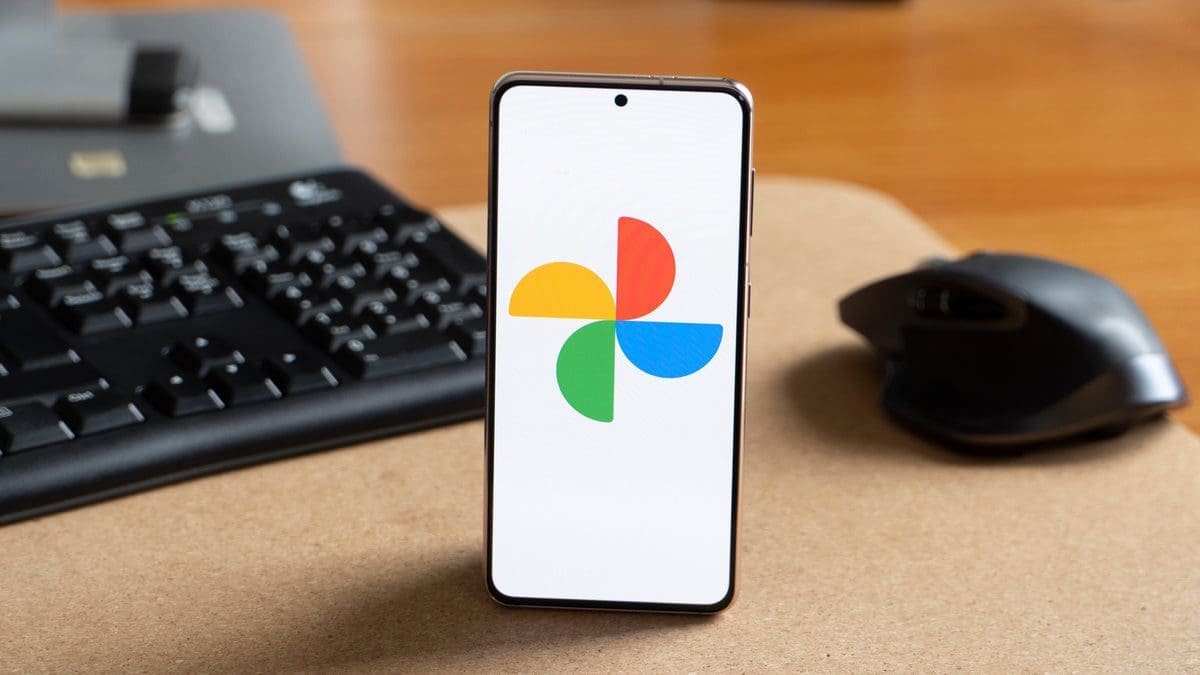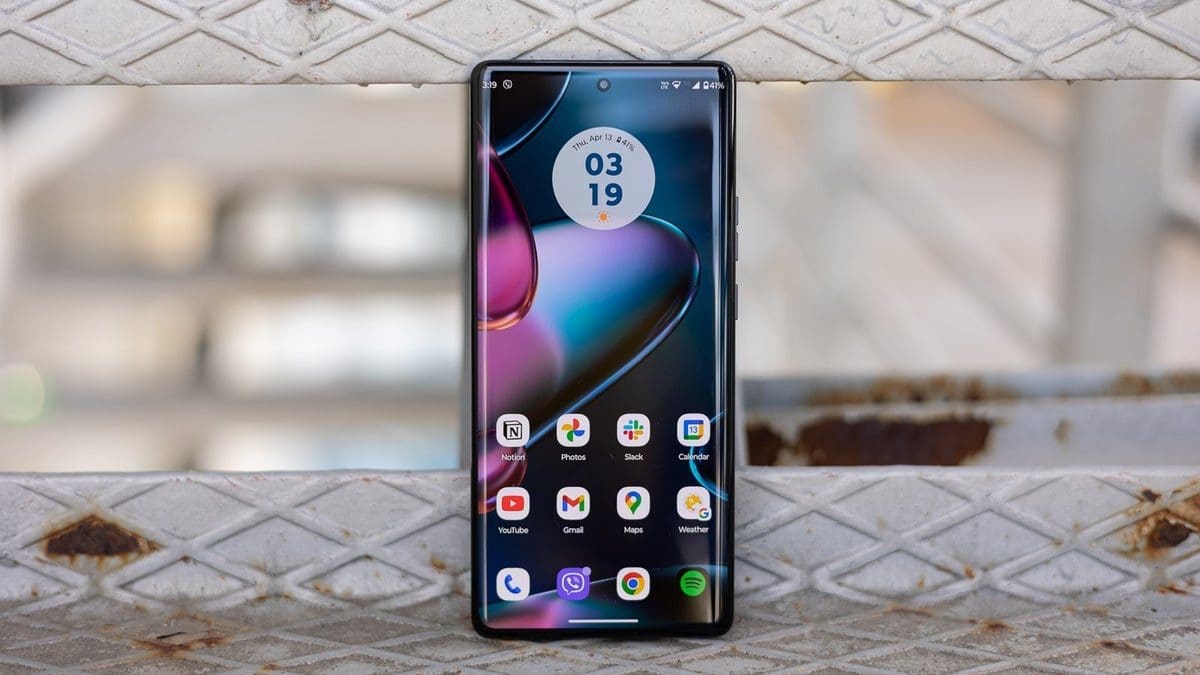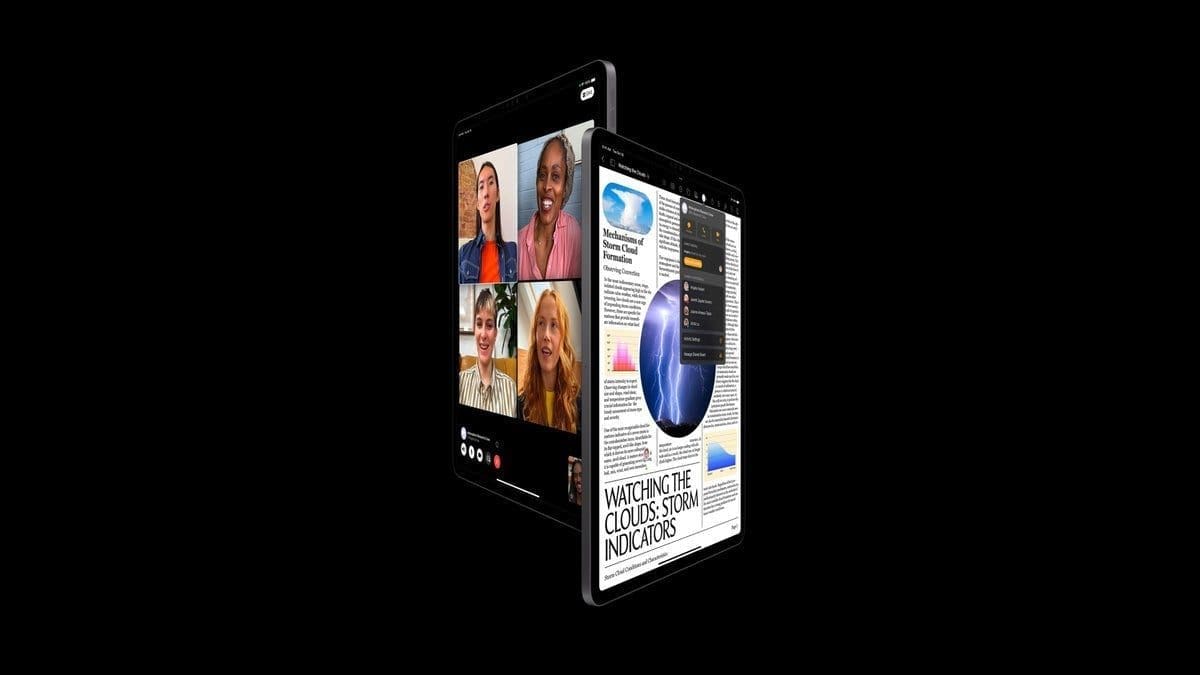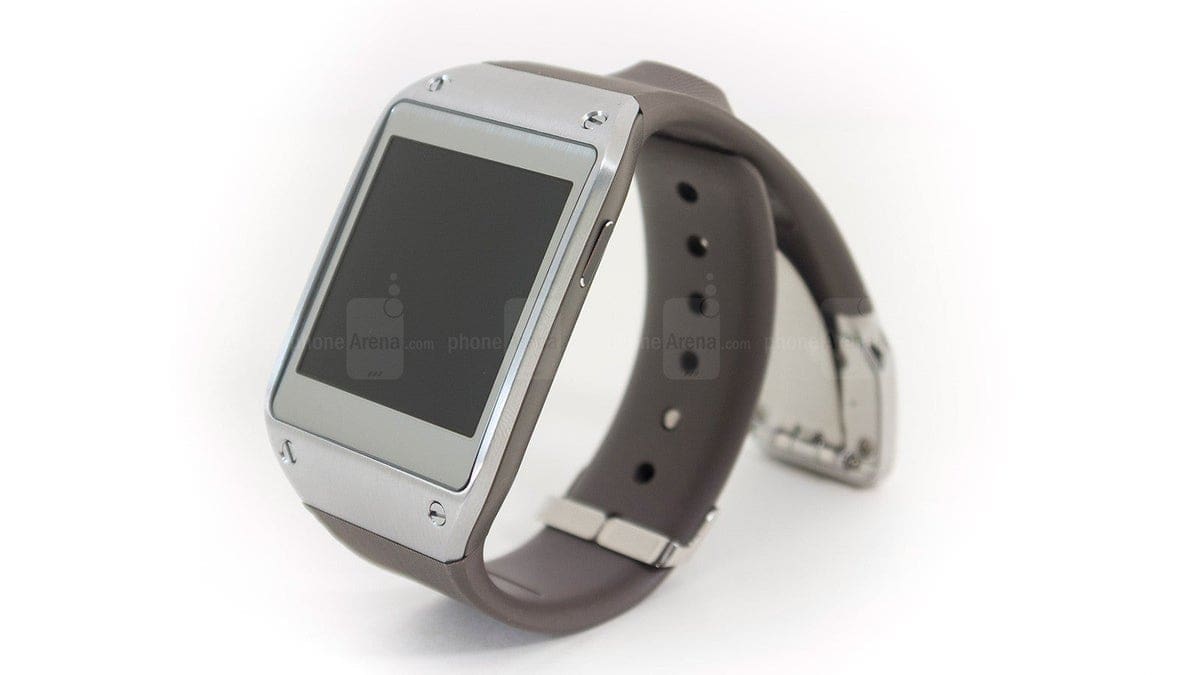Android 13’s new Photo Picker feature has brought a fresh take on privacy for users, offering more control over what photos and videos are shared compared to traditional app-specific pickers. The catch was that it only worked with your local library. However, good news is on the horizon, as cloud media providers such as Google Photos are now gearing up to integrate with the Photo Picker.
Recent updates to Google Photos reveal full support for the Photo Picker for cloud media. By activating this feature through a hidden flag, a new “Cloud media app” page appears in settings, allowing you to enable Google Photos. This unlocks a “Google Photos access” option within the Photos app, enabling you to grant the Photo Picker permission to access your cloud library.
This functionality was announced during Google I/O 2022 and has recently been added to Google’s own apps like Google Keep, Google Chat, and Google Messages on devices running Android 11 with the November 2023 Google Play system update. However, wider adoption of this feature depends on app developers implementing the API, and progress has been slow.
The addition of Google Photos to the Photo Picker could encourage developers to adopt this feature, offering users unprecedented control over their shared memories. As a result, we may see other cloud providers like Microsoft OneDrive follow suit, ultimately creating a universal and privacy-respecting sharing experience on Android.
Despite the promising outlook, there are still some issues that need addressing with the Photo Picker. For instance, app-created albums like Snapseed’s are hidden in the “Photos” tab and absent from “Albums.” Additionally, cloud media doesn’t appear in the new Android 14 permission dialog for partial access.
Nevertheless, these minor hiccups don’t overshadow the significant progress being made with the Photo Picker. The hope is that other cloud providers will recognize the benefits and encourage their app developers to make the necessary changes to enable this feature. Google has already taken the first step to make this happen.









